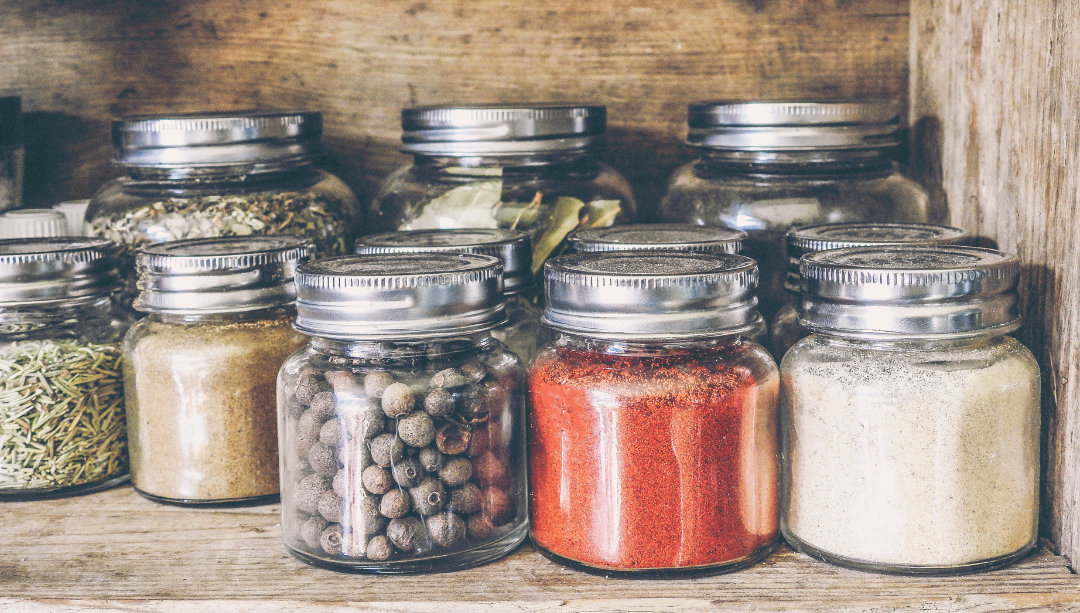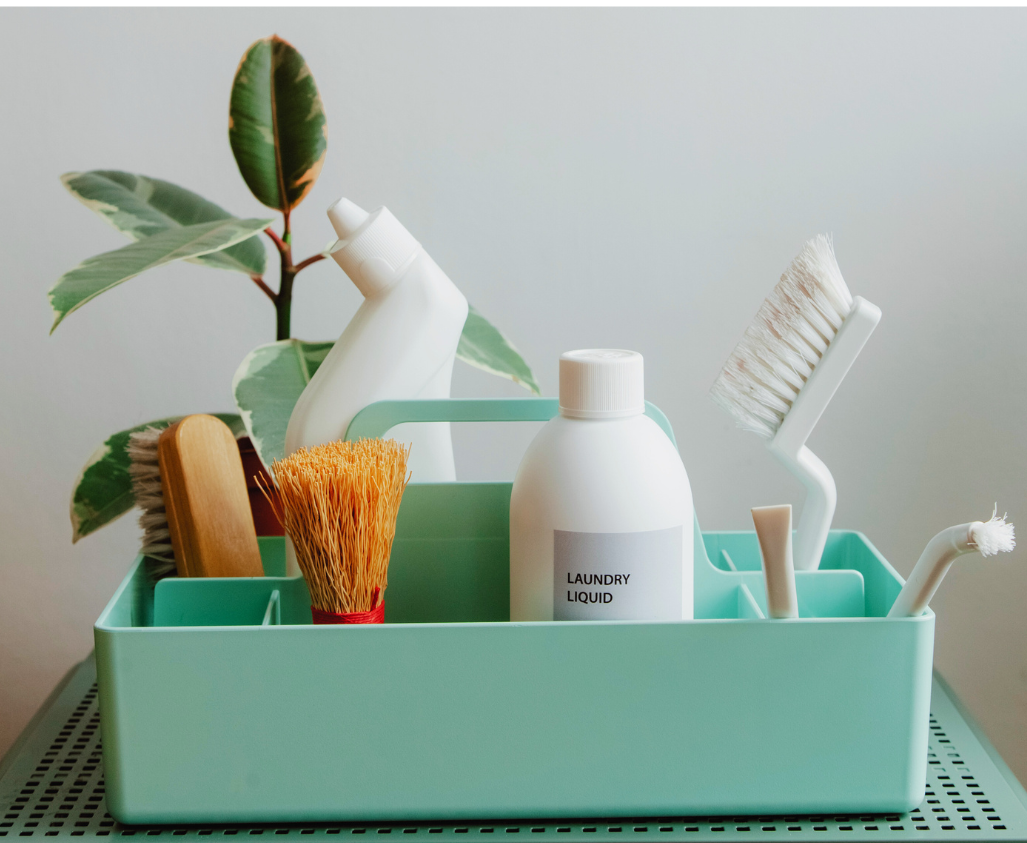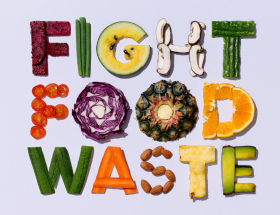Tea is something that is a big part of my life, it’s soothing, delicious and is the common theme in so many great memories. My grandmother was a big tea drinker and she is the one who introduced me into the tea world and showed me how special it can be to sit down with a cup of tea with the ones you love. It’s something my mother and I still like to do together and I like to share this with my husband throughout the week.
Lately I’m finding myself trying to get into more decaffeinated teas, and I’ve learned that there are so many flowers in my area that can be dried for some unique tea blends. Making tea from flowers is a great way to explore new teas that cannot be found in stores and I love to use what God has given me in any way that I can.
Let’s dehydrate some flowers so we can enjoy these teas all year long!
Jump to…
- Step 1: Pick Your Flowers.
- Step 2: Prepare the Flowers to Dry.
- Step 3: Make the Tea Blends.
- Step 4: Brew Your Tea.
- Have fun with your custom teas!
Step 1: Pick Your Flowers.
Surprisingly enough, there are a lot of flowers to choose from that are edible and make great teas. You can grow some in your garden, or if you feel confident enough you can go foraging for them.
DISCLOSURE : BE MINDFUL OF THE FLOWERS YOU ARE PICKING! Be sure you are able to 100% identify your flowers, and know where they are sourced from. If you are unsure, don’t gather them. Do not use flowers found in the stores for bouquets or ones that may have been sprayed with pesticides.

With that being said here are some common edible flowers you can grow or forage for tea:
- Lavender
- Chamomile
- Different types of mints like spearmint, peppermint, or lemon balm.
- Roses
- Marigolds
- Echinacea/Purple Cone Flower1
- Honeysuckle
- Chrysanthemum
- Pansy
- Daylily
- Wild Violets
- Dandelions
- Chicory/Corn flower
- Rose Hips
- Black Locust flowers2
- Red clover
- White clover3
- Mimosa4
- Golden Rod5
- Daisy
This is just a handful of edible flowers, and they all have their own unique flavors you can experiment with!6 Like I said, be mindful of the flowers you’re picking and know where they come from.
Step 2: Prepare the Flowers to Dry.
- Go through your flowers, remove the stems, pitch any ones that look bad, and shake off any bugs. Keep the petals on the flowers until after they have been dehydrated.
- Give your flowers a quick rinse and pat them dry with a paper towel or a clean cloth. A salad spinner is handy to use but not necessary.
- Spread your flowers out on a dehydrating tray in a single layer, leaving a little space in between them for the air to move around.
- Dehydrate between 95°F-110°F for 10-12 hours. I like to use the lower temperature, I think it keeps the color of the flowers better and you may need to dry them a little longer if the base is a little thick.
- They will be ready when the texture is dry and straw-like.
- Store them in a jar or another container and be sure to label them!

Step 3: Make the Tea Blends.
Now here is the fun part! We get to experiment with fun and unique flavors.
Start with a Base (optional).
You can keep it herbal or use something like a loose black, white, or green tea as a base for your blend. If you prefer a caffeine free base, red rooibos is one of my favorites.
Next, Add Your Flavors.
- Use one or a combination of your dried flowers in your blend. You can refer to reference 6, at the end of this post, for ideas of what some of these flowers taste like if you’ve never had them before.
- Add any other add ins you want, either dried fruit or other herbs and spices to add more flavor and compliment the flowers.
- Start off making a small batch, using 1 tsp. of your base, if you are using one, and 1 tsp. of your flowers and another tsp. for any other add ins you want to try. After that you can play around with different ratios as well as flavors to get your blend just right.
- When playing around with your tea blend, keep a notebook on hand and write down what you are doing so that you can easily duplicate it again and multiply it to make large batches later.

Here are some of my favorite blend ideas:
- Lemon balm & mint (good hot or iced)
- Lemon balm with red rooibos
- Violets with dried blue berries and lemon grass
- Rose hips and chamomile
- Spearmint and dandelion
- Honey suckle, lavender, and lemon balm.
If you’re still unsure of what flavors will go together in your tea blend, you can look up ready-made blends and find some inspiration that way!
Step 4: Brew Your Tea.

First, you will need some sort of tea ball or another type of infuser. I use a ball on a daily basis but there are so many fun infusers to choose from, one of my favorites being this manatee. You can find tea infusers almost anywhere in stores, at thrift stores or even antique shops.
Teas with a base should be brewed for however long it’s recommended for that base you are using and if you’re feeling extra fancy, heat the water to the recommended temperature too.
- Black Tea- Temp. between 200°-205° Fahrenheit, and steep for 3-5 minutes.
- Green Tea– Temp. 175°F and steep for 1.5-2 Minutes.
- White Tea– Temp 175°F and steep for 5-6 Minutes
- Red Rooibos – Temp. 200°F and steep for 6-7 Minutes.
For Teas without a base (herbal tea), I recommend steeping for at least 10-15 minutes at 200°F for maximum flavor.
Try your tea without anything added to it, some teas don’t need to be sweetened. If you’d like to sweeten it, you can use whatever you want, just keep in mind sometimes sweeteners can change the flavor of the tea, so you could experiment with those as well; personally I like to use honey most of the time. Add some milk or cream if you desire, feel free to use non-dairy alternatives!
Have fun with your custom teas!
I encourage you to use your new tea blends as an excuse to take time during the day to have an intentional break, whether alone, or with others. Step away from the business of life, relax and enjoy the small blessing that a good cup of tea can be.
Costume tea blends also make great gifts and if you really want to get into it, you can do a little research and make medicinal teas for when you are under the weather.

If you make your own tea blends, please feel free to share them in the comments, I’m always looking for new blends to try!
References:
- Echinacea, the Gorgeous and Useful Purple Coneflowers | Eat the Planet ↩︎
- Foraging Black Locust Flowers | UnrulyGardening ↩︎
- Is Clover Edible? Nutrients, Benefits, and Downsides | Healthline ↩︎
- Mimosa Tree | ElginTX.gov ↩︎
- What is a Goldenrod Flower? | WebMD ↩︎
- List of Edible Flowers | Wikipedia ↩︎











Thank you for the idea of using flower petals for tea and telling how to do this. I use my herbs but have never picked flowers for tea.
You’re welcome. Thanks for reading, I’m glad you found my post useful! 🙂
[…] Dehydrate some flowers and add the powder to make tea, making your own custom tea bags. […]
[…] *Click here to learn more about dehydrating flowers for tea. […]
[…] I made my husband 6 sweet fern and orange bags, and 6 with black locust flowers from things we foraged over the summers. If you want to try making your own teas from flowers, read this post! […]
[…] **If you want to learn more about collecting wild flowers for tea, click here.** […]